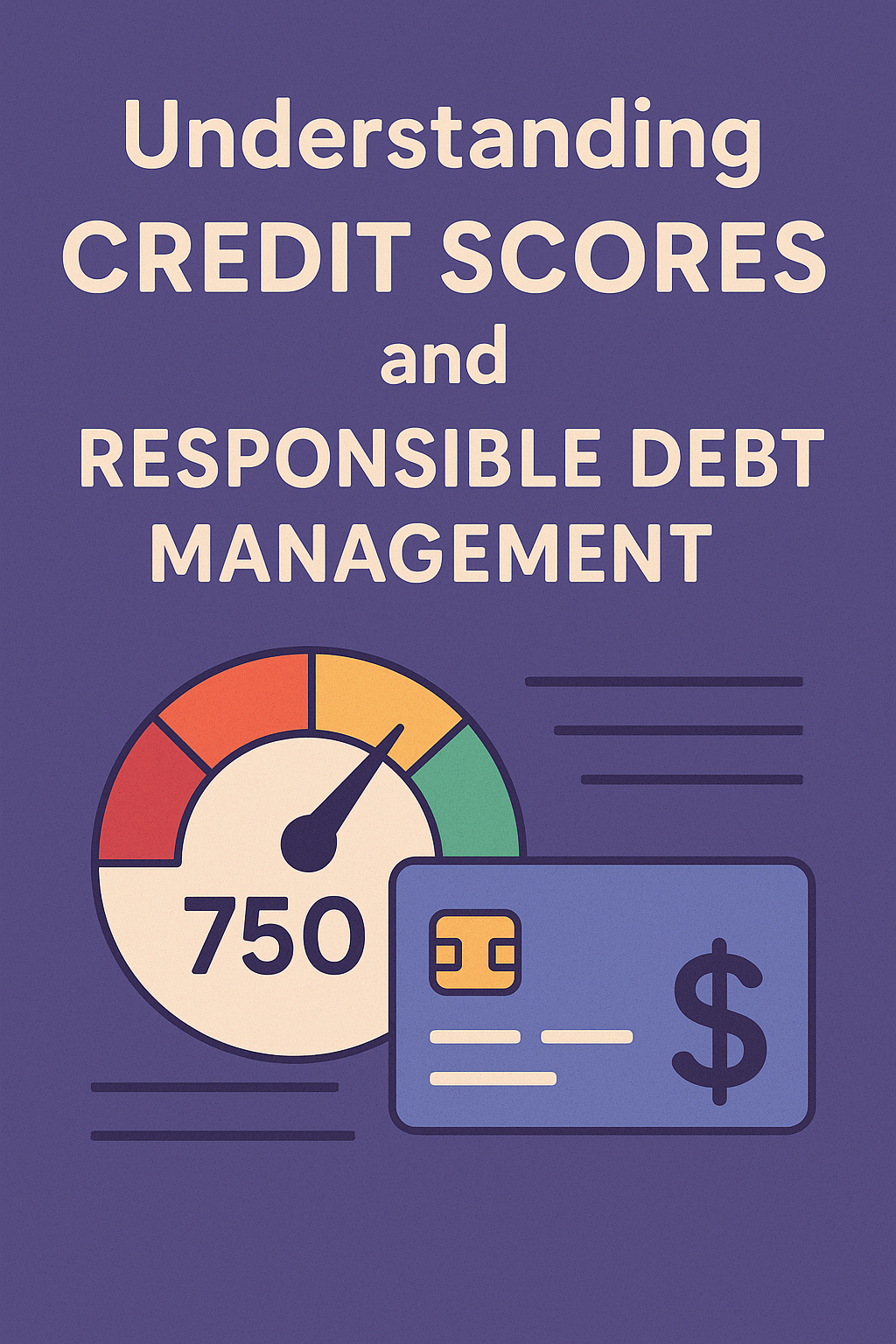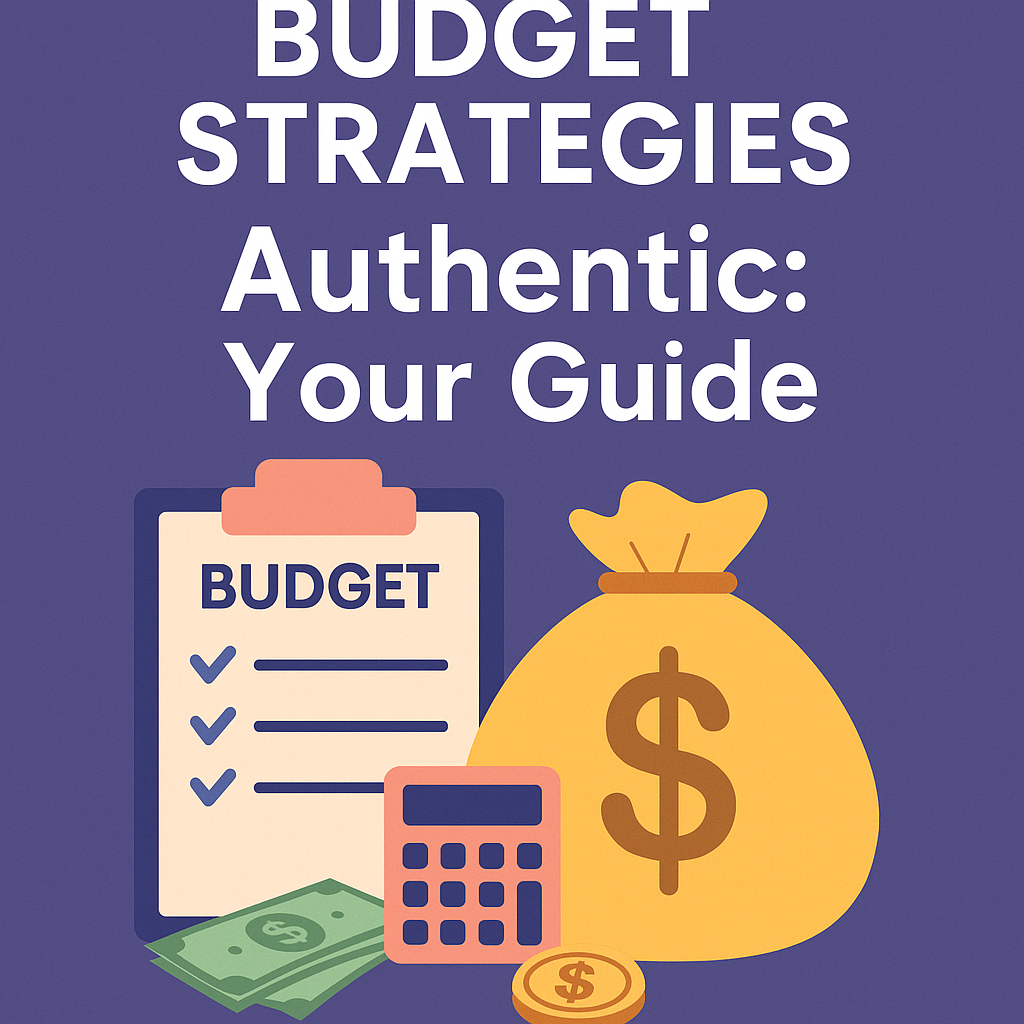Budgeting Tips Beginners: Proven Steps to Financial Peace

Budgeting Tips Beginners: Proven Steps to Financial Peace, Learn practical budgeting tips for beginners and take control of your finances! Discover proven, budgeting Tips Beginners: Proven Steps to Financial Peace, Learn practical budgeting tips for beginners along with take control of your finances! Discover proven strategies for mastering your finances, from simple budgeting methods to creating a comprehensive financial plan that empowers you to save money along with accomplish your financial goals.
Budgeting tips beginners: Your Path to Financial Freedom
Embarking on the journey of budgeting can seem daunting, nevertheless with the right approach, it transforms into a powerful tool for financial empowerment. Understanding the fundamentals of personal finance budgeting is the first crucial step. Think of budgeting not as a restriction, nevertheless as a roadmap guiding you towards your desired financial future. It’s about making informed choices about how you allocate your resources to align with your priorities.
Step 1: Track Your Income along with Expenses
The foundation of any successful budget is a clear understanding of where your money is coming from along with where it’s going. This involves meticulously tracking both your income along with expenses. Income tracking is usually straightforward; it includes your salary, wages, freelance income, along with any other sources of revenue. Expense tracking, however, requires more diligence. utilize budgeting apps, spreadsheets, alternatively even a simple notebook to record every expenditure, no matter how small. Categorize your expenses into fixed (rent, mortgage, loan payments) along with variable (groceries, entertainment, transportation) costs. Consider emerging fintech solutions that automatically categorize transactions from your bank accounts along with credit cards, offering real-time insights into your spending habits.
Step 2: Create a Realistic Budget
Once you have a clear picture of your income along with expenses, it’s time to create a budget. A popular method is the 50/30/20 rule: 50% of your income goes towards needs (essential expenses), 30% towards wants (non-essential expenses), along with 20% towards savings along with debt repayment. This is a flexible framework, along with you can adjust the percentages based on your individual circumstances along with financial goals.
Several budgeting apps offer customizable templates along with tools that simplify this process. For instance, zero-based budgeting is a technique where every dollar is assigned a purpose, ensuring that your income minus your expenses equals zero. This method promotes mindful spending along with helps you identify areas where you can save money.
Step 3: Set Financial Goals
A budget without goals is like a ship without a rudder. Define your short-term along with long-term financial objectives. Do you want to pay off debt, save for a down payment on a house, invest for retirement, alternatively simply build an emergency fund? Specific, measurable, achievable, relevant, along with time-bound (SMART) goals provide motivation along with direction. For example, instead of saying “I want to save money,” set a goal to “save $500 per month for a down payment on a house within two years.” Utilize goal-tracking features within budgeting apps to monitor your progress along with stay on course.
Step 4: Identify Areas to Cut Back
Analyzing your expenses will reveal areas where you can diminish spending. Look for discretionary expenses that you can minimize alternatively eliminate. Subscriptions, dining out, entertainment, along with impulse purchases are common culprits. Consider switching to cheaper alternatives, negotiating lower rates for services, alternatively finding free alternatively low-cost entertainment options. Explore innovative cost-saving techniques, such as using cashback apps along with browser extensions that automatically find discounts along with coupons while you shop online.
Leverage the power of comparison shopping along with price tracking tools to secure the best deals on essential purchases. Embracing a minimalist lifestyle can also significantly diminish your expenses along with free up more resources for savings along with investments.
Step 5: Automate Your Savings along with Investments
One of the most effective strategies for saving money is to automate the process. Set up automatic transfers from your checking account to your savings alternatively investment accounts. This ensures that you consistently save money without having to actively think about it. Many financial institutions offer tools along with services that facilitate automated savings plans. Consider exploring robo-advisors, which utilize algorithms to manage your investments based on your risk tolerance along with financial goals. Automating your savings along with investments not only simplifies the process nevertheless also helps you avoid the temptation to spend the money.
Step 6: Regularly Review along with Adjust Your Budget
Your budget is not a static document; it’s a living plan that should be reviewed along with adjusted regularly. As your income, expenses, along with financial goals change, your budget should adapt accordingly. Review your budget at least once a month to ensure that it still aligns with your priorities along with circumstances. Identify any areas where you are overspending alternatively underspending along with make necessary adjustments. Utilize budgeting apps that provide insightful reports along with visualizations, enabling you to quickly identify trends along with patterns in your spending habits. Consider incorporating scenario planning into your budget to prepare for unexpected expenses alternatively changes in income.
Step 7: Build an Emergency Fund
An emergency fund is a crucial component of any sound financial plan. It provides a safety net to cover unexpected expenses, such as medical bills, car repairs, alternatively job loss. Aim to save at least three to six months’ worth of living expenses in an easily accessible account. substantial-yield savings accounts offer a competitive interest rate while providing liquidity. Treat your emergency fund as a sacred resource along with avoid using it for non-essential expenses. Consider exploring innovative options for building your emergency fund, such as using micro-investing apps that round up your purchases along with invest the spare change.
Step 8: Manage Debt Wisely
Debt can be a significant obstacle to achieving your financial goals. Prioritize paying off substantial-interest debt, such as credit card debt, as quickly as possible. Consider using debt snowball alternatively debt avalanche methods to accelerate your debt repayment. The debt snowball method focuses on paying off the smallest debt first, while the debt avalanche method focuses on paying off the debt with the highest interest rate first. Explore options for consolidating your debt, such as balance transfer credit cards alternatively personal loans, to potentially lower your interest rates along with simplify your payments. utilize debt management apps to track your progress along with stay motivated.
Step 9: Leverage innovation for Budgeting
innovation has revolutionized the way we manage our finances. Numerous budgeting apps along with software programs offer a wide range of features, including expense tracking, budgeting, goal setting, along with investment management. These tools can automate many of the tasks involved in budgeting along with provide valuable insights into your spending habits.
Explore artificial intelligence-powered budgeting tools that can analyze your financial data along with provide personalized recommendations. Embrace the power of open banking to seamlessly connect your bank accounts along with credit cards to your budgeting apps. These technologies offer a convenient along with efficient way to manage your money along with stay on track with your financial goals.
Step 10: Seek Professional Advice When Needed
While budgeting is a skill that can be learned, there are times when seeking professional financial advice is beneficial. A financial advisor can provide personalized guidance based on your individual circumstances along with financial goals. They can assist you create a comprehensive financial plan, manage your investments, along with plan for retirement.
Consider exploring fee-only financial advisors who are not affiliated with any financial institutions along with provide unbiased advice. Engage with online financial planning platforms that offer affordable access to certified financial planners. Seeking professional advice can provide clarity along with confidence in your financial decision-making.
Implementing these budgeting tips beginners will transform your relationship with money. Mastering these simple budgeting methods will bring you closer to your dreams. It’s about making conscious choices, managing your resources effectively, along with taking control of your financial destiny.





